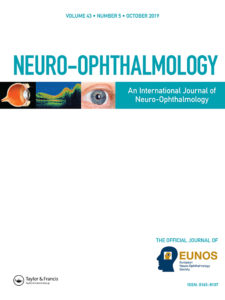Saccadic eye movement abnormalities are among the earliest manifestations of Huntington’s disease (HD) but are difficult to quantify at the bedside. Similarly, afferent visual pathway involvement in HD is poorly characterised. The objective was to evaluate afferent and efferent visual function in HD. Participants with manifest HD (n = 19) and healthy controls (n = 20) performed the King-Devick test, a timed test of rapid number naming. Binocular high and lowcontrast (2.5% and 1.25%) acuities were measured using low-contrast Sloan letter charts, and pupillometric recordings were made using a handheld NeurOptics PLR-3000 pupillometer. The NEI-VFQ-25 questionnaire with 10-item neuro-ophthalmic supplement were also completed. Unified Huntington’s Disease Rating Scale (UHDRS) motor score and other clinical and demographic variables were collected. Comparisons between manifest HD and controls were performed using linear regression adjusted for confounders. Mean King-Devick time scores were 102.9 seconds in patients with manifest HD and 48.2 seconds in controls (p < .01, t-test). In unadjusted analyses, binocular high contrast acuity was seven letters (one Snellen line equivalent) lower in manifest HD than controls (p = .043). This effect was similar for low-contrast acuity, but only lowcontrast acuity remained statistically significant after adjusting for covariates. Low-contrast acuity also correlated with UHDRS motor score. There were no differences in pupillary reactivity or selfreported vision-related quality of life. In conclusion, HD is associated with reduced low-contrast acuity and abnormal performance on the King-Devick test of rapid number naming. These tests are easy to administer, providing an objective quantitative measure of visual function which could be incorporated into optimised rating scales.

